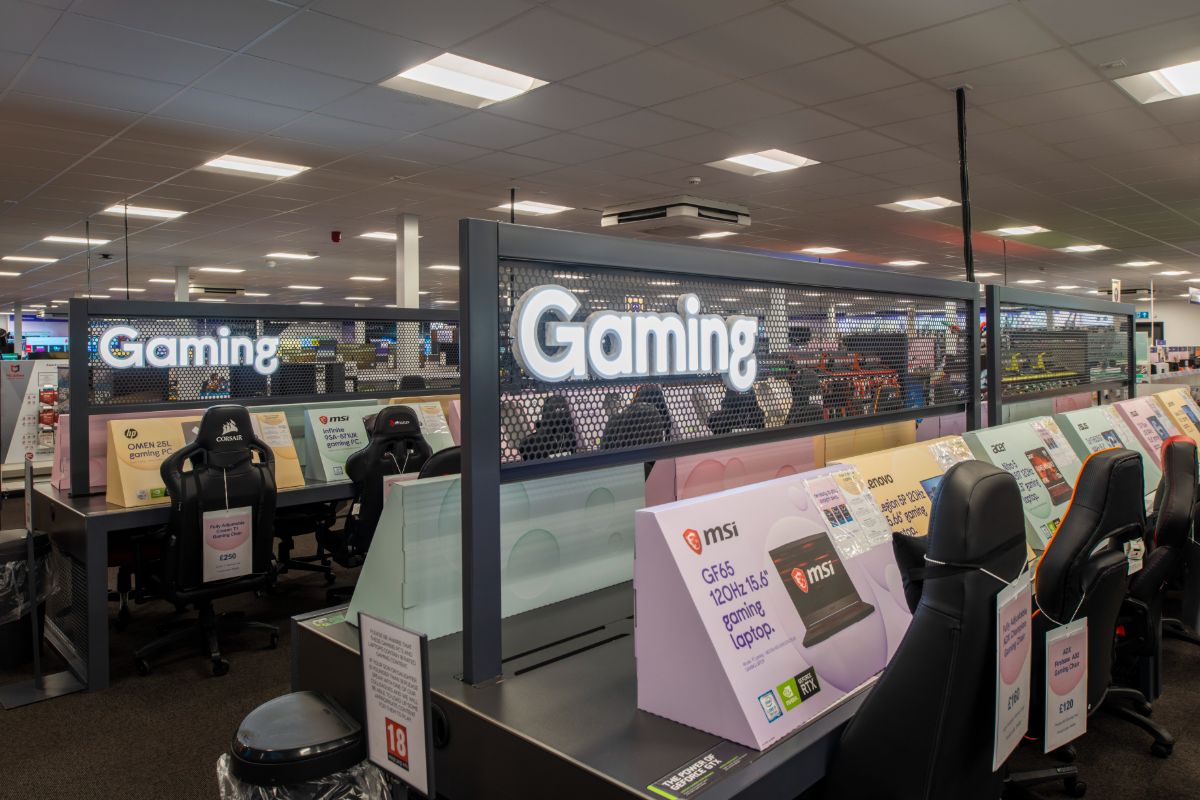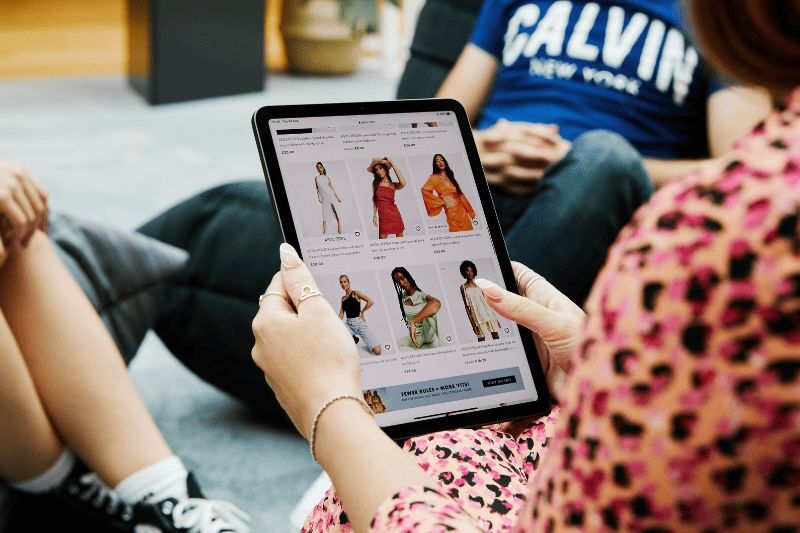Dan Hartveld, CTO, Red Ant , examines the big issue of data, analytics and mobile customers.
Sir Tim Berners-Lee doesn’t like Big Data. Speaking at London’s IP Expo in October, the inventor of the World Wide Web was reviewing the first 25 years of the internet as we know it today. One of the key sections of Sir Tim’s presentation focused on the exponential growth in personal information that is generated from users’ interactions on the internet, and made clear his distaste for indiscriminately-gathered ‘Big Data’ used to target marketing communications.
Many organisations guilty of using Big Data in this way might disagree with Sir Tim’s sentiments, but in fact he’s quite right. Using data for purely marketing-related purposes is like using a supercomputer to help with your child’s maths homework. Sure, it does the job, but it’s a criminal waste of the technology’s capabilities. Even worse, as Sir Tim points out, it’s actually counter-productive, instilling unease in many consumers – especially the large proportion of people who are increasingly worried about privacy.
In a constantly competitive market, retailers must ensure that they do not alienate their customers, and must demonstrate how any data they gather can actually improve their shopping experiences. It’s a business imperative as much as it is an ethical duty, and nothing illustrates this better than the issue of mobile data.
Mobile gives retailers access to a wealth of data and analytics about customers and how they shop, from context specific individual understanding to broader persona behaviour. The problem is that many retailers don’t realise that they are sitting on a huge untapped resource; even if they do, they may be prone to following Sir Tim’s ‘Big Data’ pathway rather than using the information in a richer, more intelligent way.
Instead of focusing on marketing, the data and analytics from mobile can be used to improve all areas of the retail business, not just sales conversion of the ecommerce site. The benefit of these analytics is limited only by the imagination of the brand employing the technology, but there is an abundance of examples upon which retailers can base their own projects. These include gaining a better understanding of dwell and queue times in-store, and using this knowledge to improve store layouts and staffing requirements at peak times, thus maximising sales and customer satisfaction.
Additionally, they can be employed to deliver much richer understanding of the entire purchase journey, giving a better idea of merchandising requirements – for example, analysis of product views online, combined with views-per-conversion metrics, enable stores to manage their inventory, stock and supply chain more efficiently.
There are broadly three approaches to deriving ‘rich’ insight about customers from mobile. Each brings its own insights but also considerations and restrictions. Because retailers cannot hope to track every data point, analytics cannot be an afterthought, bolted on to a retailers’ existing multichannel strategy. Knowledge of these three approaches is therefore critical to developing a data strategy that will bring real benefits to customers and retailers alike.
PASSIVE DATA GATHERING
The first approach is to gather data anonymously about users who may not even have chosen to interact with a retailer’s mobile presence directly. This is generally gathered by listening to and recording all of the requests and signals from mobile devices that come within the retailer’s range.
By recording this information, brands can track individuals that either walk past or enter a store, yielding metrics such as footfall, in-store conversion rates, dwell time, how many visitors check out, how many are repeat visitors, and how often they come. Because this data is anonymous, consumers do not have to give informed consent for the use of their information – unless, of course, they make a purchase or otherwise enter into a consensual agreement to share data.
Before mobile, even some of the most simple metrics like footfall in-store were difficult to measure accurately and in real-time. With this new wealth of in-store behavioural information we can start to treat real stores like we do our websites, using this data to build insights, make small iterative changes to how individual stores function, then assess the results and iterate again, all in a short period of time.
Knowledge of these three approaches is therefore critical to developing a data strategy
CONTEXT-SPECIFIC
Context-specific customer data is the data we can track about an individual known user, usually by connecting analytics and sales information to a specific logged-in customer. This sort of data is opt-in and so typically involves the repeat customers who actively engage with your brand.
Because customers have given their consent, it enables retailers to derive rich data from social networks, interests, friends, how they use your sites and apps on different devices, previous orders, wishlists, recent product searches, and payment methods. This is in addition to all the passively-gathered data categories listed above.
This method provides retailers with the ‘Holy Grail’ of ecommerce for the past decade – the Single Customer View. Being able to connect all of the methods your customer uses to shop enables brands to provide the best context-sensitive and customer-aware service possible, including fast returns, relevant recommendations or promotions, and tailored VIP customer service.
Analysing mobile-specific services, where the same service is used in a wide variety of different mobile apps, enables retailers to target not only certain behavioural profiles but also to profile based on other apps your customers use. This data is not opt-in but does require them to use your mobile app, giving you a wider spectrum of users compared to customer data, but with more granular profiling than passive data.
Using cross-app mobile analytics gives brands the ability to track predicted interests (such as travel or fitness), estimated age and gender, and fit individual users into behavioural profiles.
Profiling users in this way increases understanding of customers and helps organisations to target their services both in-store and online to give higher customer satisfaction and relevance.
Of course, the benefits of adopting these methods won’t be fully realised unless there is a willingness to evolve and adapt any existing multichannel data strategy. Retailers unwilling to make the necessary changes to their strategy may well obtain some useful insight, however the most successful brands will be those that ask not “What information can we gather?” but rather “How can we improve the experience of the customer and our relationship with them?”
Modern mobile analytics provide the answer to the latter question; it remains only for retailers to decide how they can best employ the technology to that end.




